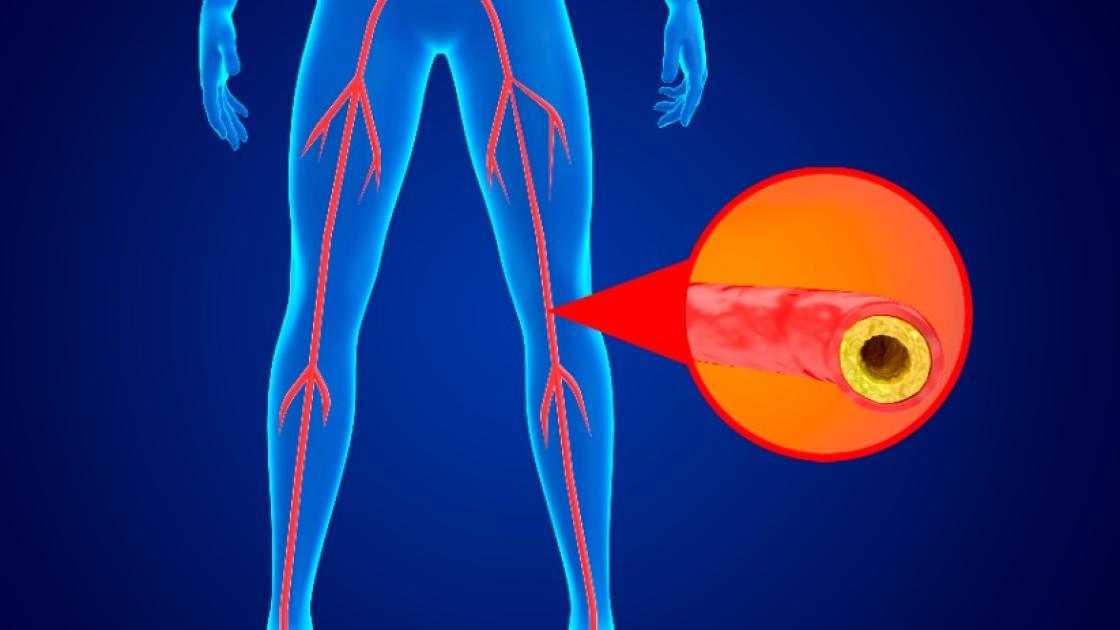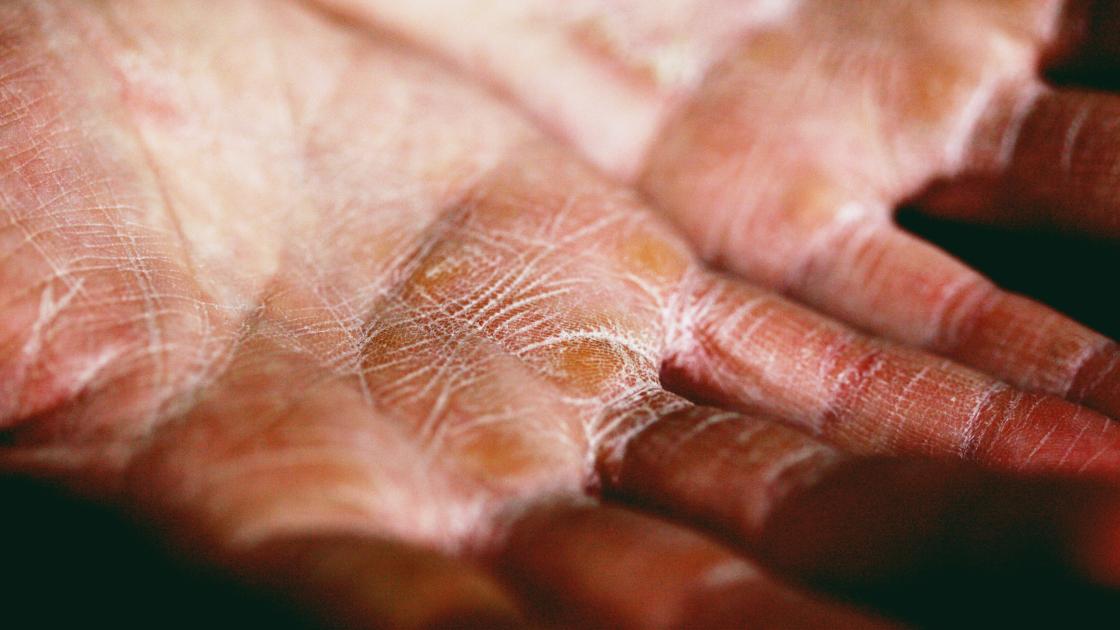
Peripheral arterial disease signs and symptoms
Peripheral arterial disease (PAD) is a common health condition affecting around 6.5 million people older than 40 in the United States. It develops when arteries in the limbs become narrowed or blocked, which is usually due to a build-up of fatty, cholesterol plaque deposits inside the arteries. This prevents blood from flowing properly and can cause tissue damage in affected limbs. PAD most often affects arteries in the legs.
For the majority of people, PAD does not cause any symptoms. However, in severe cases, PAD can cause uncomfortable symptoms that impair a person's quality of life, affecting their ability to walk or leading to non-healing wounds on the foot. According to the Centers for Disease Control and Prevention (CDC), people with PAD are also at increased risk of other serious health problems, including heart attack and stroke. Seeking treatment as soon as possible can make a tremendous difference for yourself or a loved one.
Keep reading to learn about the common signs and symptoms of PAD and how our providers at SIU Medicine help people manage this health condition.
Signs and symptoms of PAD
Not everyone with PAD will have noticeable symptoms, especially earlier on in the disease. However, if the narrowing of the arteries that occurs with PAD becomes significant, people may begin to notice a variety of signs and symptoms, such as:
- Painful cramping in the limbs that comes on with activity and gets better with rest. This is called intermittent claudication and is most often felt in the calves, thighs, hips and buttocks. (For some people, intermittent claudication becomes severe enough to impair their daily activities.)
- A foot or leg that feels cooler to the touch compared to the other side
- Muscle weakness (atrophy) and numbness in a leg or arm
- Changes in the color and quality of the skin, including hair loss, redness and shiny skin
- Diminished or absent pulses in the feet or legs
- Erectile dysfunction in men
- Slower toenail growth
- Sores on the feet and legs that take a long time to heal or don't heal
Anyone can develop PAD, but certain people appear to be more at risk. This includes individuals who smoke, have other underlying health conditions (like diabetes, high cholesterol and high blood pressure) and are older than 60.
Diagnosis and treatment for PAD
Signs and symptoms of PAD are not specific to this condition. In other words, many other health conditions present with similar signs and symptoms. Here's what this means for you:
The only way to know for sure whether you or a loved one has PAD is to speak to a doctor. Your doctor can rule out other diagnoses that look like PAD and help you get started on an appropriate treatment plan that will improve your overall well-being and even help you manage your symptoms.
To confirm a diagnosis of PAD, your doctor may use tests such as an ankle brachial index (ABI), which compares the blood pressure in your ankles to the blood pressure in your arms at rest and after activity. Imaging tests, like ultrasound or computed tomography angiography (CTA), may also help with a diagnosis, in addition to a physical examination and a thorough evaluation of your family and medical history.
Depending on your situation, treatment for PAD may include prescription medication, smoking cessation support, exercise therapy, and, in some cases, either a stent to open the blood vessels or surgery to bypass blocked arteries. With your doctor's supervision, you will also be encouraged to adopt some healthy lifestyle habits that can help prevent PAD complications and improve your overall health, including diet and exercise interventions.
Are you worried about symptoms of PAD?
SIU Medicine brings leading-edge innovations and compassionate health care to our Illinois communities. If you're worried about PAD symptoms or have questions about your treatment options, find a doctor today close to home who can help.




